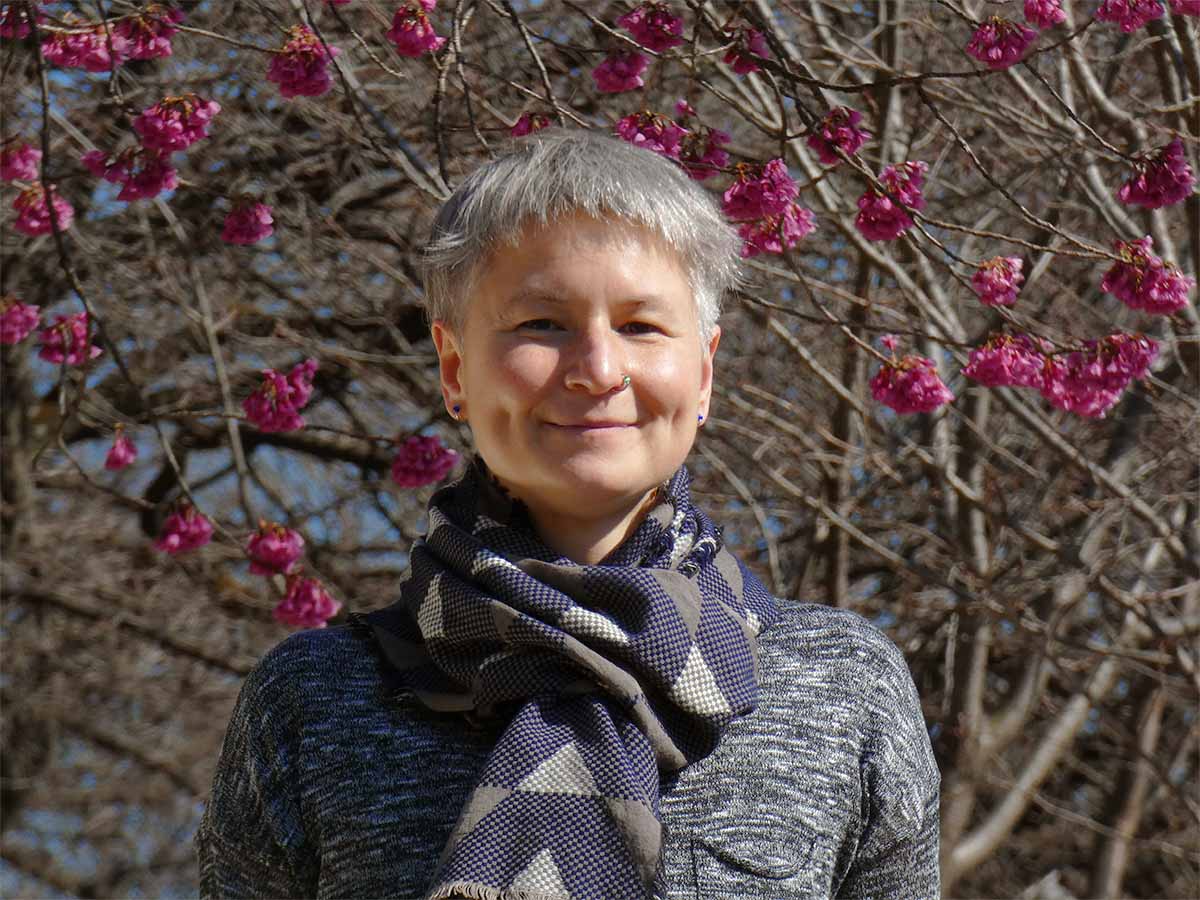A physics perspective on biology
Professor Catherine Beauchemin journeys across disciplines and countries

For a physics professor, Catherine Beauchemin certainly gets involved in biology research more than you might expect. Her embrace of interdisciplinarity has taken her to many places, currently to Japan, where she is serving as Deputy Program Director of the Interdisciplinary Theoretical and Mathematical Sciences (iTHEMS) programme at RIKEN, Japan's largest research institute. One of the best aspects? “My position allows me to host TMU trainees in Japan and expand their research and life horizons.”
Beauchemin, together with an iTHEMS astrophysics colleague, Don Warren, and two TMU medical physics students, developed a method to more accurately estimate the concentration of infectious virus particles in lab or clinical samples1. The project became even more interdisciplinary when a group of US National Institutes of Health (NIH) researchers in neurodegenerative diseases (e.g., Parkinson’s and Alzheimer’s disease), asked for her help to adapt this method to estimate the concentration of aggregating seeds in their patient samples.

Sakura trees in front of RIKEN headquarters.
In another collaboration with TMU mathematics professor Kathleen Wilkie, their TMU students, and that same astrophysics colleague in iTHEMS, Beauchemin brought her expertise but also an outsider’s view. “By just changing the graph axis from a linear scale to a logarithmic scale, the data that looked messy before fell into a clean, simple pattern,” she says. The specific experiment (already completed) that the team were analyzing focused on regular volume measurements of cancer tumours growing in mice. These experiments can’t measure tumours that are too small to be detected, and the largest tumours can’t be measured because mice are euthanized when the volume gets too large, to avoid suffering. “But even if we don’t know these tumour volumes, we do know they’re too small or too big to be measured, and that’s information too” says Beauchemin, noting that their new parameter estimation showed that you get different results when you take these unmeasured volumes into account2.
